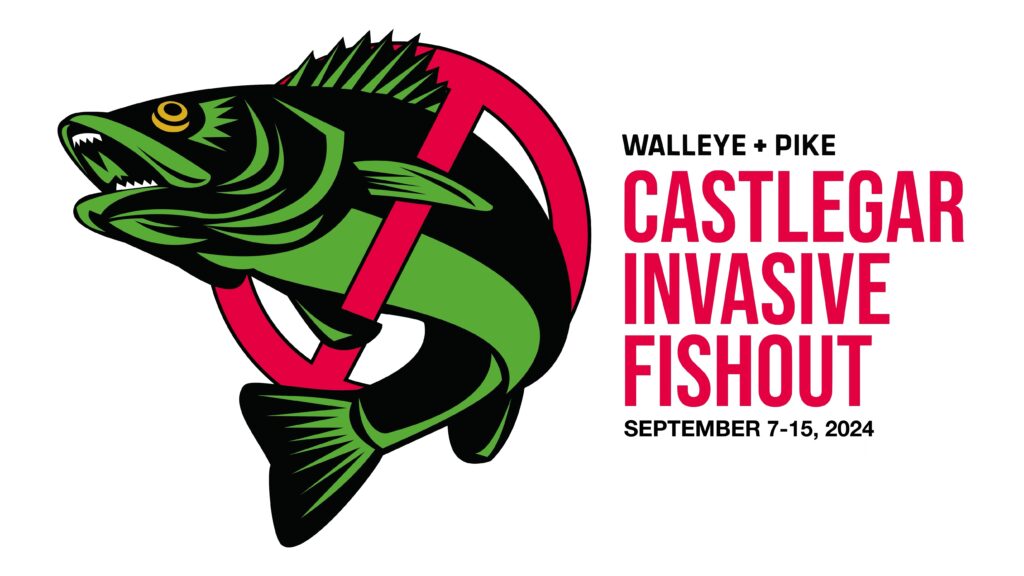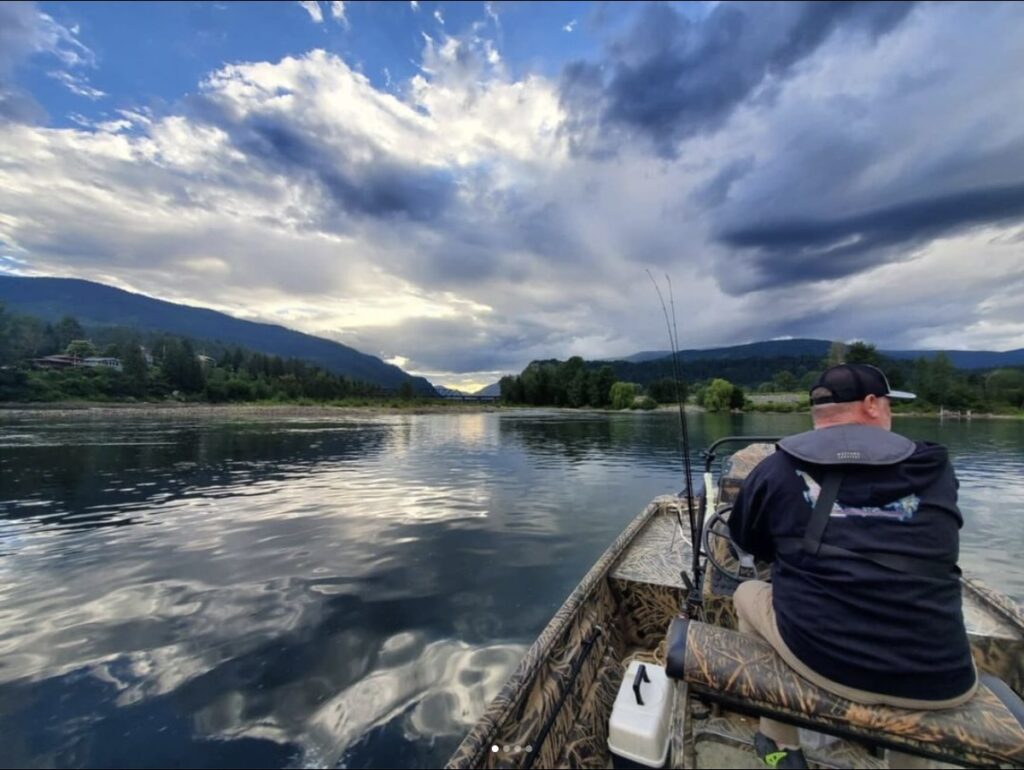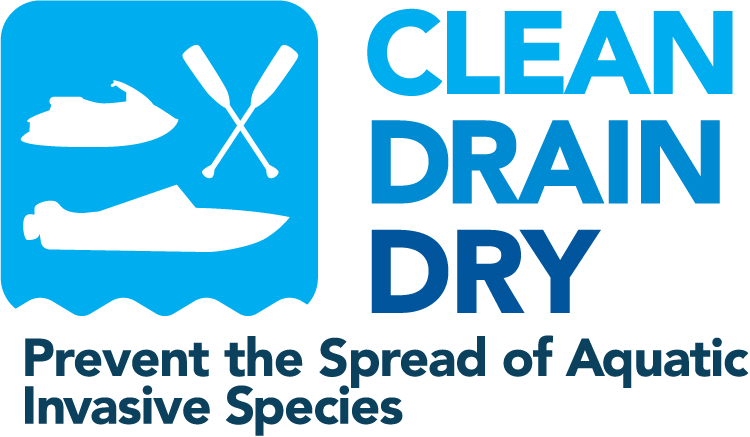This fall Castlegar will host the Invasive Species Fishout Derby on the Columbia River. The intent is to catch as many walleye (Regional Guidelines) and northern pike as possible because both species were introduced to the waters here and are detrimental to the native species of trout, Kokanee, and others. Hosted in conjunction with Fishing BC, the derby will be held September 7-15 on the Columbia River and the cost to enter will be $40. The total prize value on offer is $3,250 and cash prizes are guaranteed thanks to sponsors Columbia Power, All In Fishing Adventures, Okanagan Nation and Destination Castlegar. These are the prizes:
- Overall Total Length top 10 Walleye 1st Place – $750
- Longest Walleye 1st Place – $1000
- Longest Walleye 2nd Place – $500
- Longest Walleye 3rd Place – $300
- Hidden Length Walleye – $200
- 1st Northern Pike Entered – $100
- 2nd Northern Pike Entered – $100
- 3rd Northern Pike Entered – $100
- 4th Northern Pike Entered – $100
- 5th Northern Pike Entered – $100
 The event will be administrated via the “MyCatch mobile app,” which was developed as a citizen science tool to help fisheries researchers better understand the state of our fisheries. The Derby organizers are adamant secret fishing spots stay secret and to learn more about the policies, and for registration instruction, visit its website here.
The event will be administrated via the “MyCatch mobile app,” which was developed as a citizen science tool to help fisheries researchers better understand the state of our fisheries. The Derby organizers are adamant secret fishing spots stay secret and to learn more about the policies, and for registration instruction, visit its website here.
Tournament boundaries are within the limits of the Columbia River system in British Columbia within the following confines: the upstream boundaries are the Hugh Keenleyside Dam on the Columbia stem and the Highway 3A bridge on the Kootenay River stem. The southern boundary is the downstream side of the Waneta Dam on the Pend Oreille River stem and the Canada/US border on the Columbia stem.

According to Lon Lechthaler, the owner of All In Fishing Charters, walleye can be found in “large eddies, slower moving deep water ,and seams alongside faster moving water. They tend to be in deeper water during the day and in the early morning daybreak and late evening they will move into shallower water to feed. These are the prime times to target walleye.” Lon suggests these hot spots:
- Robson reach from the Lionshead Pub up to the dam is excellent water for walleye. It’s slow moving, deep, and accessible by all anglers from shore or with a boat.
- The confluence of the Kootenay and Columbia rivers is also a notable place for walleye. Fish from the confluence all the way up to the bridge.
- Sandy Island in Fairview and the large pool in Genelle below the islands are areas that hold walleye as well.
- The Trimac eddy is good, as is lots of water all the way to the border where the Columbia and Pend Oreille River river meet.
“Walleye can be targeted using a bottom bounce rig with a worm harness,” Lon says. “Rubber twister tails in white and greens with a weighted jig head are common as well. Throwing spinners and crank baits can also be effective in shallower water early in the morning during first light or late in the evening.” Lon has some advice when it comes to boating on the Columbia River as well: “Be careful where you boat on the Columbia River if you have never boated it. Anywhere in the Robson reach up to dam is good water for all types of boats but if you’re fishing south, there are multiple areas of concern so do your homework before you boat or swing into West Kootenay Fly and Tackle and ask about navigable waters on the Columbia.”
According to Graham Cloutier, owner of ChillBilly Charters, “Fall has amazing trout and walleye fishing. Pulling streamers in a full sink line can land some monster walleye and rainbows this time of year. Spoons and spinners can be effective as well as fly fishing.” For more information about the 2024 Fishout Derby and to register, visit here.
How You Can Help Prevent The Spread Of Invasive Species
After you’re time on the river, please remember to clean, drain and dry your boat. “The Central Kootenay region has numerous pristine lakes and rivers to enjoy. They have created endless recreation possibilities for people of all ages. It is important to protect our water from the harmful impacts of aquatic invasive species,” says Khaylish Fraser of the Central Kootenay Invasive Species Society. “The most common way that invasive species are spread and introduced from one waterbody to another is through human transportation. Aquatic invasive species can act as hitchhikers and can latch themselves onto boats and gear.” Here’s how you can help prevent the spread of invasive aquatic species:
CLEAN your watercraft and equipment. After an enjoyable day on the water, spend the time inspecting your watercraft and all of your gear for any signs of plant or animal materials. Invasive hitchhikers can be anywhere so look in all the nooks and crannies. It is not just motorized boats that can transport invasive species: canoes, kayaks, paddleboards, floaters, oars, life jackets, and fishing gear needs to be cleaned as well. Rule of thumb: if it touches water it needs to be cleaned.
DRAIN onto dry land any item that can hold water (e.g. bilge, ballast, wells, buckets). Leave the drain plug out to ensure the bilge can dry.
DRY all items completely before launching the watercraft into another body of water.
For more about invasive species control, click the logo below.


